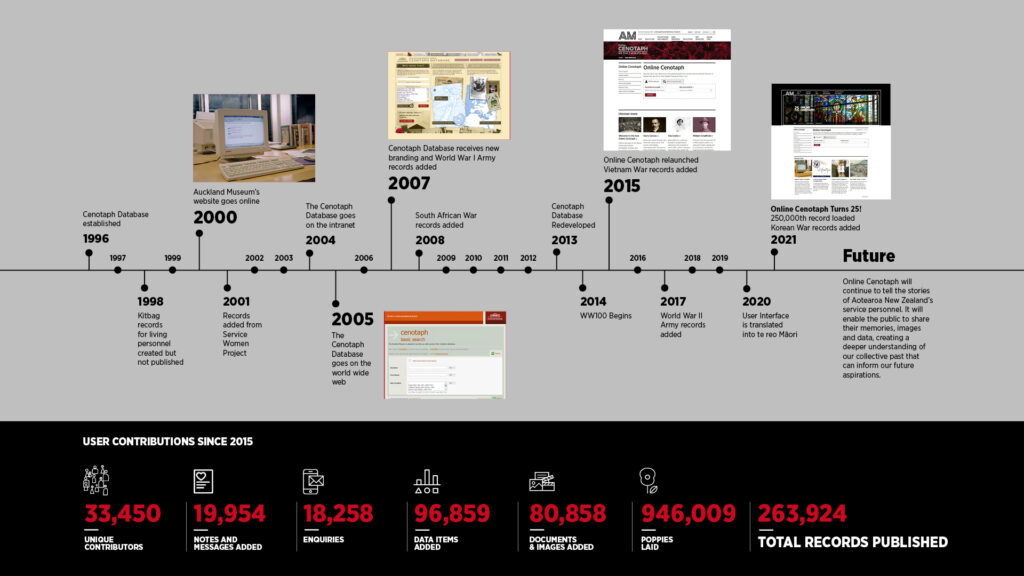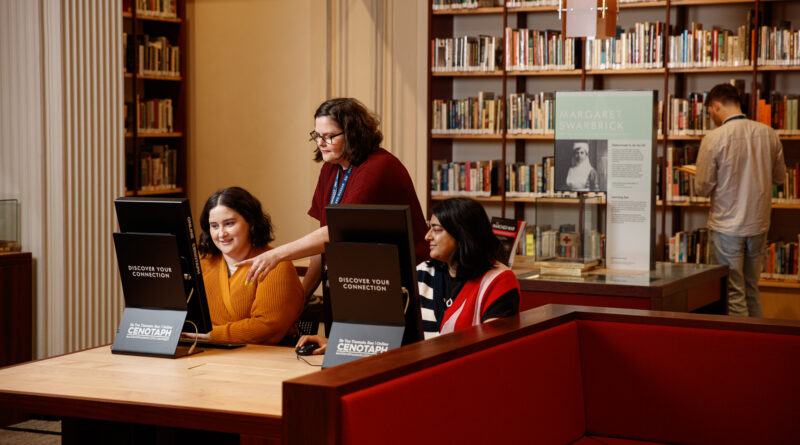Digital Platforms, Cultural Heritage Participation and Social Cohesion
Digital Platforms, Cultural Heritage Participation and Social Cohesion
Chern Li Liew and Victoria Passau
In the contemporary digital landscape, cultural heritage institutions have embraced the power of online platforms to foster new models of communication and collaboration. By enabling democratic participation and uniting diverse groups, they play a crucial role in shaping curatorial approaches, advancing debates on inclusion and exclusion, and motivating initiatives that reflect diverse voices, perspectives, and memories, embodying the essence of social cohesion. Defined as the glue that binds a community together, social cohesion ensures that every member feels connected, supported, and part of a larger whole, reinforcing the integral role these platforms play in creating cohesive, inclusive societies.
In our collaborative research project* we looked at the space where museums, community and social connections meet. It highlights how digital platforms like the Auckland War Memorial Museum’s Online Cenotaph can serve as valuable means in promoting social connection, community engagement and collective memory making.
Since its establishment in 1996 by the Museum’s Research Library, Online Cenotaph has transformed from a basic textual Roll of Honour to a rich biographical database. Originally listing 18,000 New Zealanders who died in active conflict, it now includes over 264,000 records spanning 40 conflicts. Since 2015, onwards the public has been able to enrich each record with images, notes, and data, with 197,000 contributions uploaded so far.

The research objectives centred around understanding user experience, perception, and expectations of Online Cenotaph and its impact on social cohesion. We investigated how users interacted with the platform their view of it as a resource for collective social history and for online commemoration, and their expectations for its future development. Users reported a strong sense of connection to their community both online and in real life and an increased appreciation for New Zealand’s diverse history since using Online Cenotaph.
—When I discovered it (Online Cenotaph), I was thrilled with its potential as a shared resource and for crowdsourcing of community memories related to these wars…I've told loads of people about it and I've shared the link with families, friends and colleagues—
Findings from this study illustrate how Online Cenotaph has become more than a digital memorial; it is a dynamic space where individuals can connect, contribute, and engage with New Zealand’s military history. It acts as an extension of the physical War Memorial, it’s a living, breathing memorial where history is continually written, re-written, and appreciated. One participant shared, “When I discovered it (Online Cenotaph), I was thrilled with its potential as a shared resource and for crowdsourcing of community memories related to these wars…I’ve told loads of people about it and I’ve shared the link with families, friends and colleagues.”
This study identified several avenues for future research, particularly in understanding the broader impact of digital cultural heritage platforms on society. Future studies could explore how these platforms contribute to the digital literacy of users and their engagement with historical content. While incorporating perspectives from non-users or underrepresented groups could shed light on potential barriers to engagement and opportunities for more inclusive digital heritage experiences.
This research underscores the vital role of online cultural heritage platforms, like Online Cenotaph, in extending beyond museums and the GLAM sector to enhance social inclusion and empathy. Through these digital spaces, community members actively contribute to and share collective memories, fostering personal connections and belonging. As we continue to navigate the complexities of the digital age, the insights from this research emphasise the importance of leveraging digital platforms to their fullest potential, ensuring they serve as vibrant spaces for cultural engagement, social inclusion, and collective memory.
* The original research paper: Liew, C.L. and Passau, V. (2024), “The Auckland War Memorial Museum Online Cenotaph: community participation, collective memorialisation and social cohesion”, Global Knowledge, Memory and Communication, Vol. ahead-of-print No. ahead-of-print. https://doi.org/10.1108/GKMC-08-2023-0299
Cite this article in APA as: Liew, C. L. & Passau, V. Digital platforms, cultural heritage participation and social cohesion. (2024, April 2). Information Matters, Vol. 4, Issue 4. https://informationmatters.org/2024/04/digital-platforms-cultural-heritage-participation-and-social-cohesion/
Authors
-
Chern Li Liew is an Associate Professor in the School of Information Management at Victoria University of Wellington, New Zealand. She received her Msc in Information Science from Loughborough University, United Kingdom and her PhD from Nanyang Technological University, Singapore. Her interdisciplinary and cross-disciplinary research connects human-centred digital innovation, information sciences and, sociocultural and community informatics, with cultural heritage being one of her core domains of expertise. The overall aim of Chern Li's research is to contribute to the understanding of the potentials, challenges and impacts digital technologies have on the care and use of cultural heritage information and knowledges, and how digital innovation in GLAM (galleries, libraries, archives, museums) can contribute to cultural and social cohesion.
View all posts -
Victoria Passau (Online Cenotaph & Enquiry Service Manager) has served as the Collection Manager of the Online Cenotaph at Auckland War Memorial Museum Tāmaki Paenga Hira since 2014. In this role, she's been instrumental in elevating the Online Cenotaph from a military database of New Zealand service personnel to a vibrant platform, enriched by user generated content and collaborations with the Museum's diverse content partners. Beyond her digital responsibilities, Victoria oversees the Museum’s Research Library Te Pātaka Mātāpuna and manages the enquiries received by the Collections and Research Directorate. Holding a Master of Library and Information Studies from Victoria University of Wellington, Victoria combines her academic background with a practical approach, adeptly integrating traditional Museum practices with the digital.
View all posts





